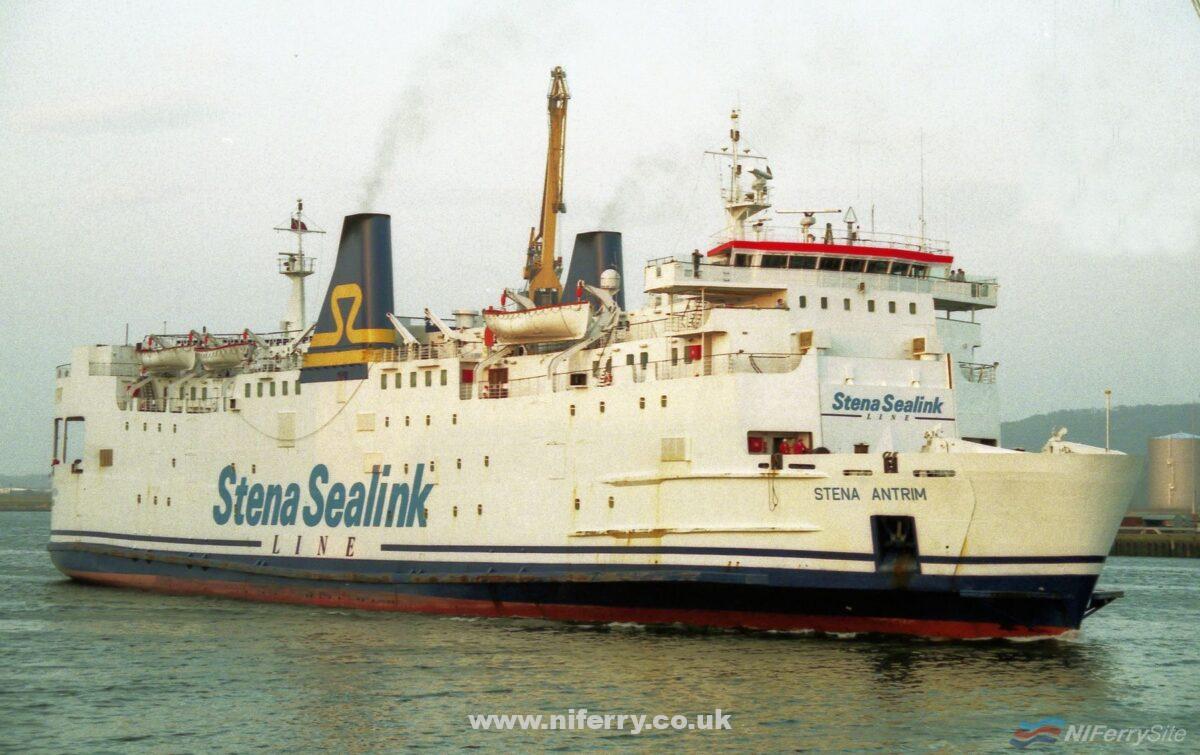Tonight marks a quarter of a century from the Sealink brand was replaced
25 years ago at midnight tonight (31.12.2020), the Sealink name disappeared from the U.K. ferry scene. The company, which had been acquired by Stena around five years earlier, and its operations were rebranded as Stena Line from December 1 1996.
None of the ships Stena Line acquired with Sealink remain in service with the entire fleet having been replaced. The final Sealink ship, STENA CALEDONIA (ex ST DAVID), was sold in 2012.

What was once called Sealink has undergone significant expansion under Stena control. While some routes have closed, many others have been added. Of the Irish Sea routes only Fishguard- Rosslare survives in its Sealink form. Larne – Stranraer and Holyhead- Dun Laoghaire have been replaced by Belfast – Cairnryan and Holyhead – Dublin port respectively. Routes from Belfast to Heysham and Liverpool were also added, as was the Rosslare – Cherbourg route. The latter three routes were added through acquiring other companies – DFDS Irish Sea and Celtic Link.
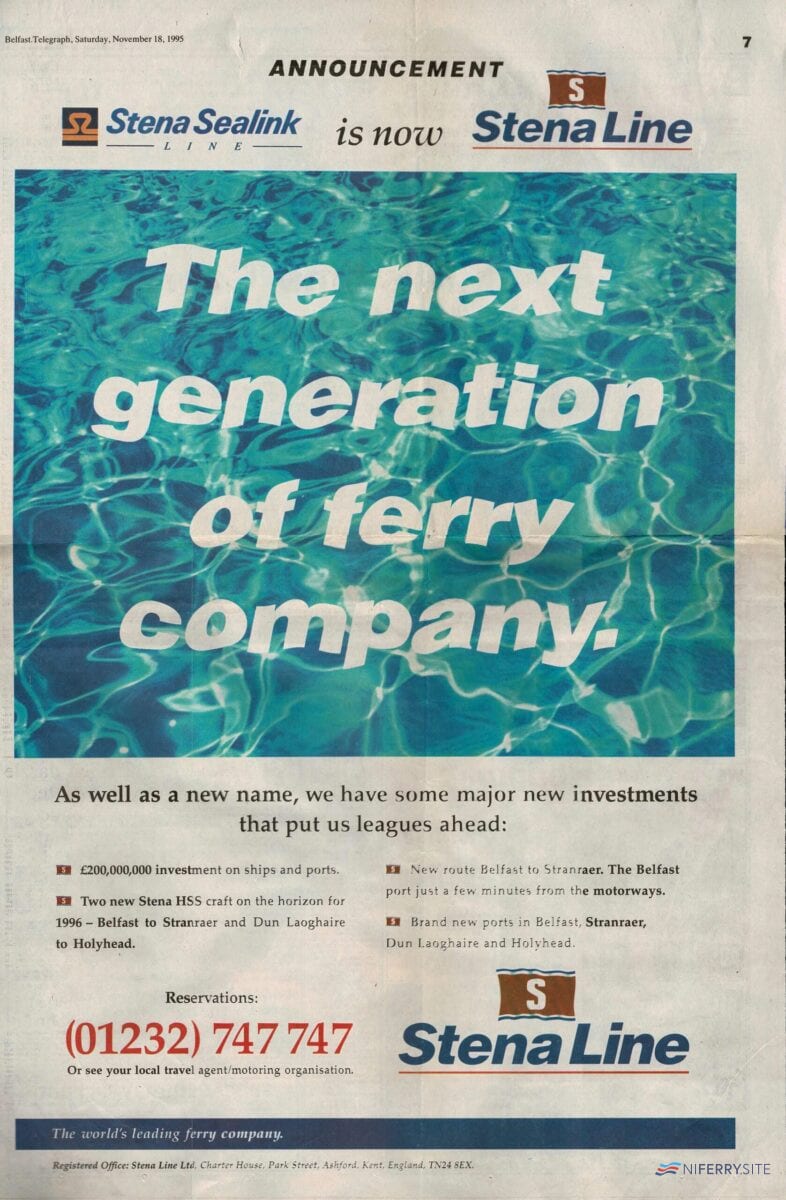
Notably the reportedly loss making Belfast- Liverpool route was turned around, with Stena investing heavily in purchasing and refurbishing the sister-ships STENA LAGAN and STENA MERSEY. So successful was the Stena Line strategy on the route that the vessels are no longer large enough to cope with demand.
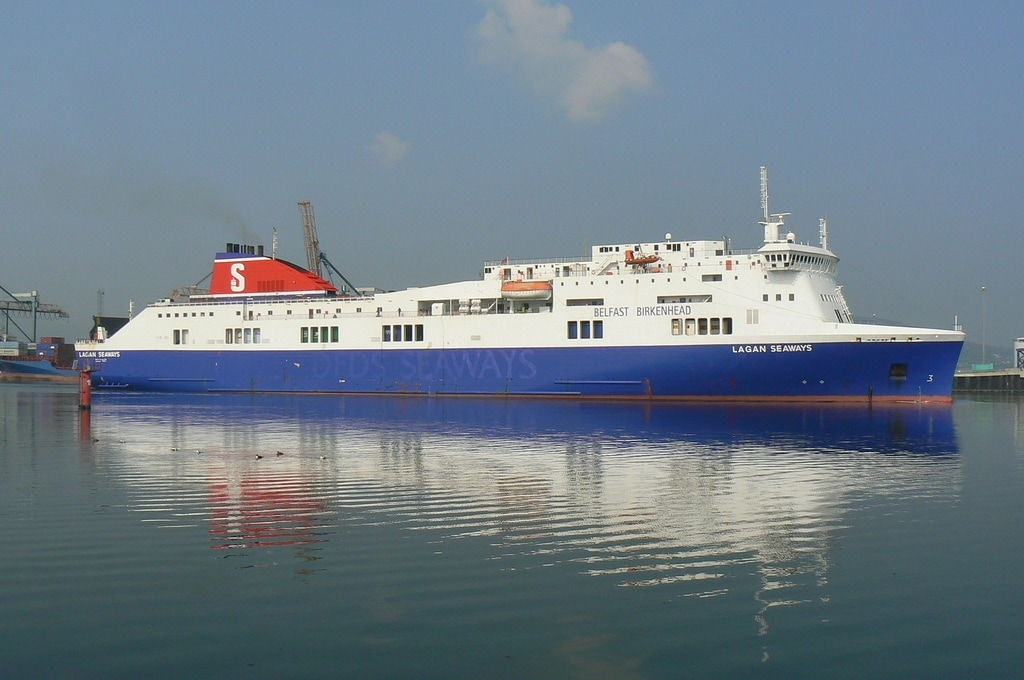
With the ships acquired with the route having often been supplemented by a third ship for freight, the second of two larger brand new ships (the largest ferries ever to enter service to Northern Ireland) will enter service early in the new year.
The biggest change to the business perhaps came on the English Channel with Stena withdrawing entirely from the U.K. – France market in 2002. The first of the routes to go was Folkestone – Boulogne which was never actually operated under the Stena Line banner. The Sealink operation acquired by Stena had routes from Folkestone- Boulogne, Dover – Calais, and Newhaven – Dieppe. Southampton – Cherbourg had also been added following the Stena Line takeover.
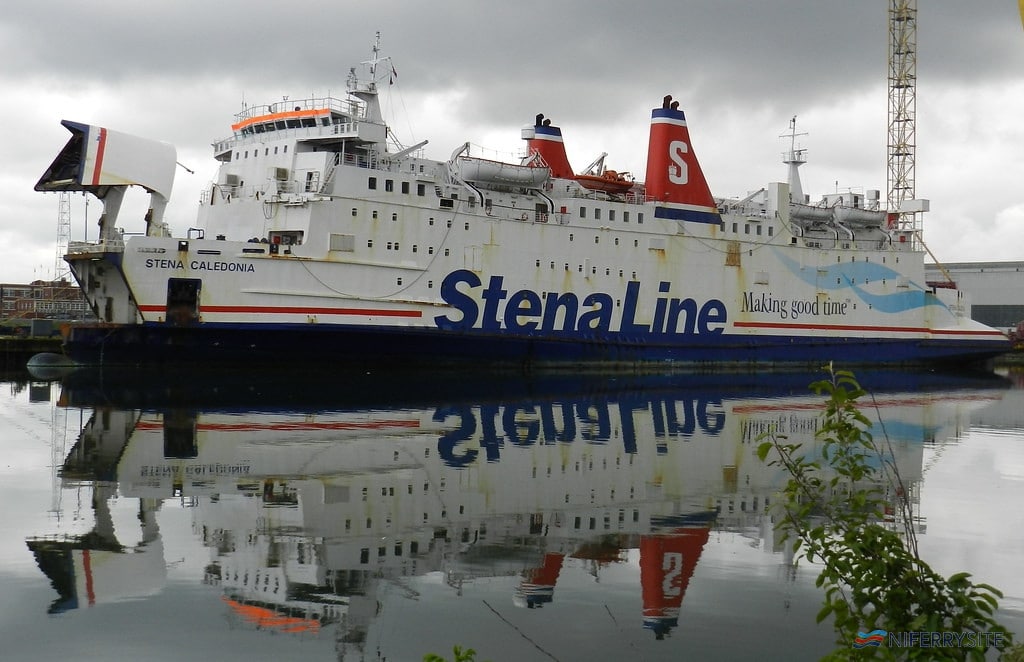
A strategic decision was made to quit the highly competitive cross channel market in order to concentrate on the North Sea and Irish Sea where Stena saw an opportunity for growth. This included selling Stena’s stake in P&O Stena Line to partners P&O.
Belfast, which Sealink had no services from when taken over, has been a major beneficiary of this strategy and is now Stena Line’s busiest port by freight volume. The routes between Belfast and Liverpool, Cairnryan, and Heysham account for around a quarter of all Stena Line freight movements.
Stena would have expanded further in the Irish Sea but for being blocked on competition grounds. The company had agreed to acquire three P&O Irish Sea routes in 2003, but in the end was only allowed to acquire Fleetwood to Larne. Following the £47.5m deal with DFDS to acquire its Belfast – Heysham and Liverpool routes, the Larne – Fleetwood route was closed.
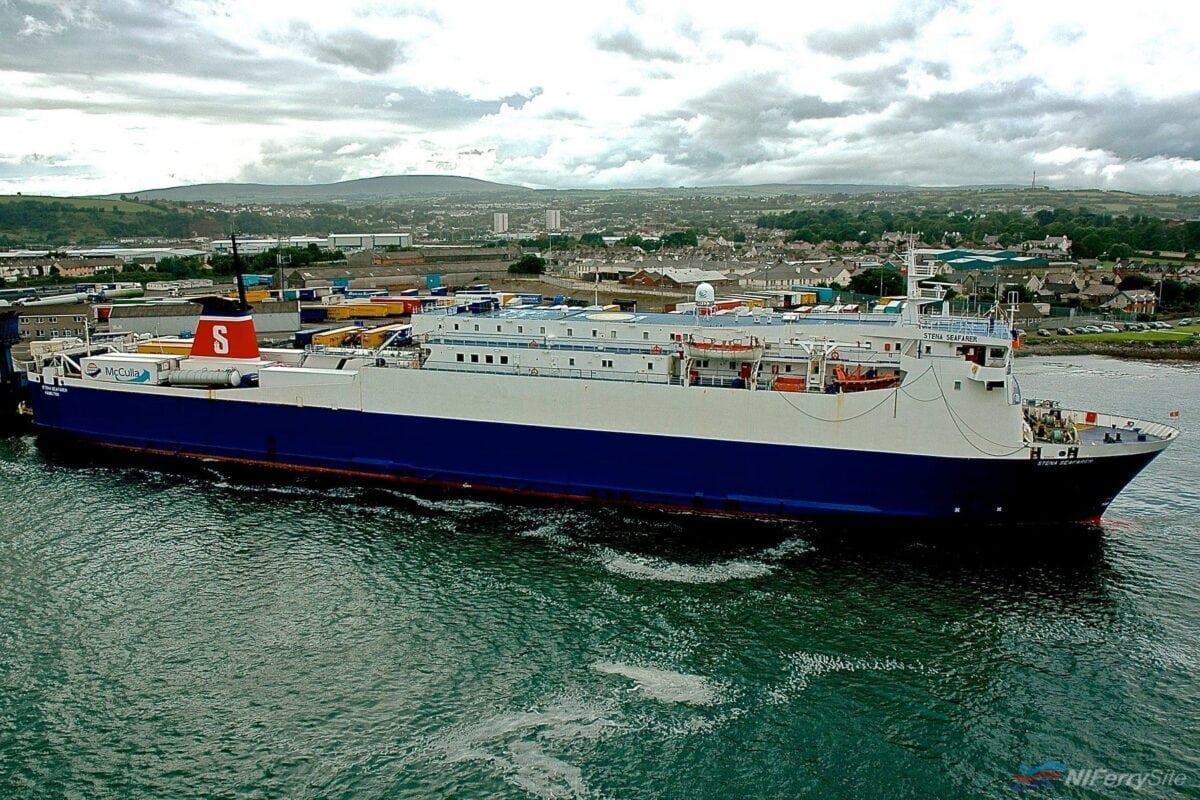
It wasn’t just the Irish Sea services which saw expansion. On the North Sea Stena line built on the single route jointly operated with Crown Line (which had been acquired by Stena and rebranded in 1989) and added dedicated freight routes. Significantly, Killingholme became a major port for Stena from a standing start, with Stena benefiting from an increased demand for direct routes from Northern England to continental Europe. The port in the North East of England has routes to both Hoek van Holland and Rotterdam Europoort.
Following the agreement were Stena Line exited the English Channel, the company also acquired P&O Ferries operation from Felixstowe to Rotterdam (Europoort). This was promptly transferred to nearby Harwich from which Stena already operated its Harwich – Hook of Holland route.
Investment in new tonnage was a focus from the very start of Sealink coming under Stena control. The company had used a mix of brand-new tonnage, tonnage acquired or chartered from other operators, and ferries transferred from other parts of the Stena Line operation to “upgrade” its services. Perhaps the most well known of these vessels was the three purpose built state of the art HSS 1500 fast ferries. All of the HSS1500 vessels were introduced on former Sealink operated routes.

The Harwich – Hoek of Holland route has particularly benefited from investment in new tonnage, with a series of new ships deployed to the route in response to ever increasing freight demand. The current 64,000 gt 240m long vessels, STENA HOLLANDICA and STENA BRITANNICA were built specifically for the route and still rank among the highest capacity ferries in the world despite having been introduced a decade ago.
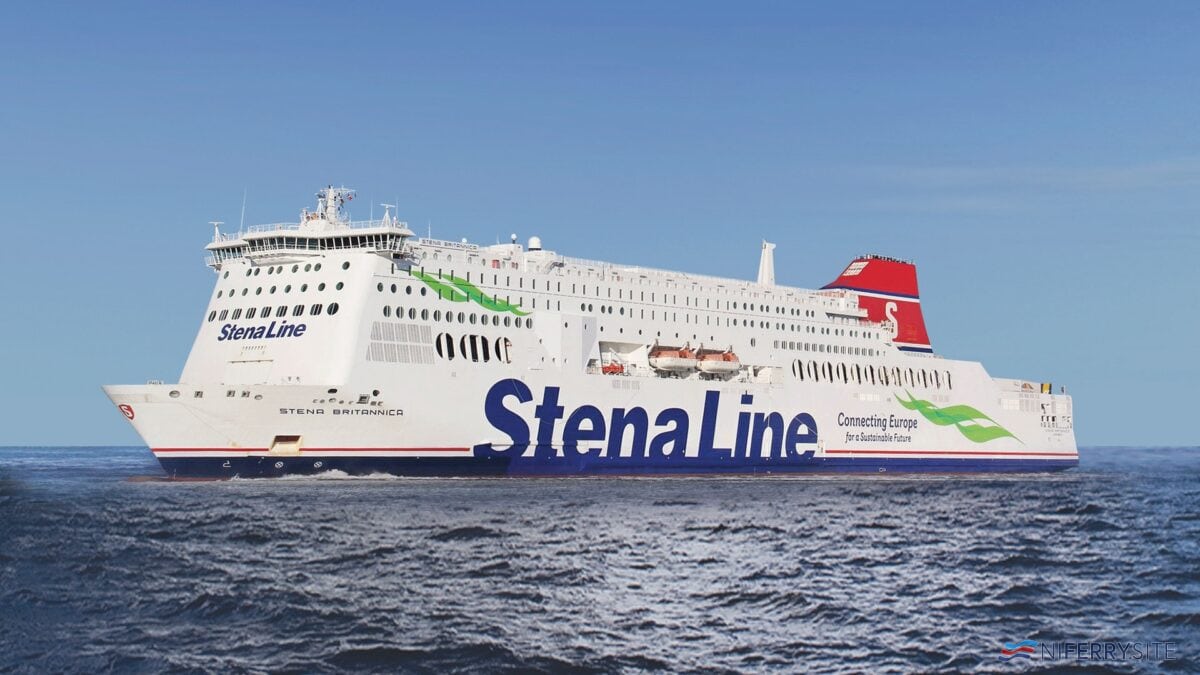
More recently this investment has concentrated on the Irish Sea with three “next generation” E-Flexer Ferries introduced – the third of these, STENA EMBLA, is currently en route to the United Kingdom. Two of the vessels replaced, STENA LAGAN and STENA MERSEY are being rebuilt and deployed to the Baltic Sea as STENA SCANDICA and STENA BALTICA.
The company has also invested in its ports. The restrictive port at Stranraer was replaced with a brand new facility built on reclaimed land just north of Cairnryan. This allowed Stena Line to charter and convert the sister-ships STENA SUPERFAST VII and STENA SUPERFAST VIII to introduce a new standard of service on the Scotland to Northern Ireland route in 2011. The ships, which remain the largest ferries in operation in both Northern Ireland and Scotland, were later purchased outright by Stena Line.
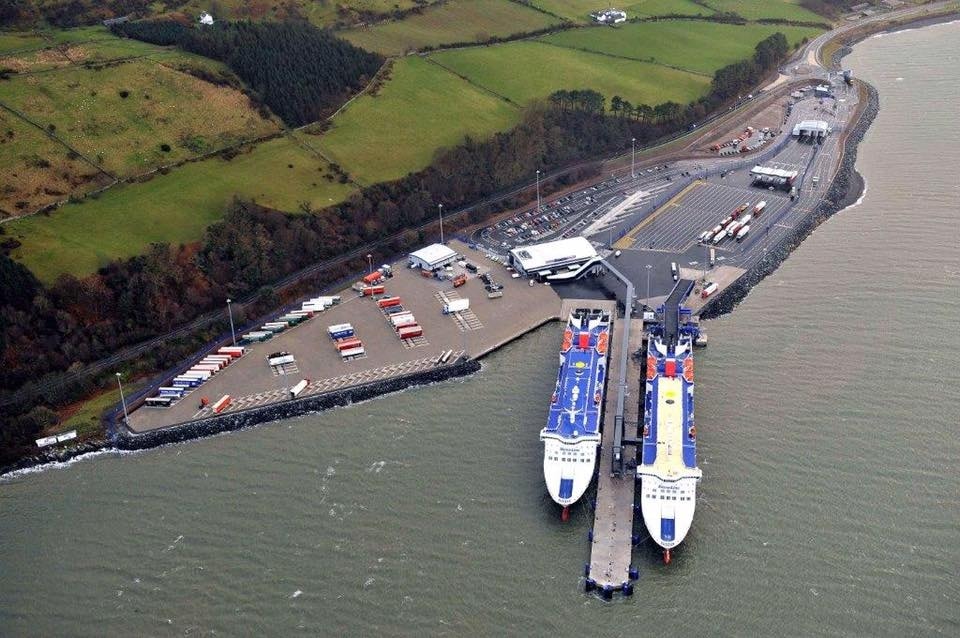
A quarter of a century after the Sealink name disappeared, the business faces a new set of challenges and opportunities. The UK’s departure from the European Union, which coincidentally comes into full effect tonight, is perhaps the most obvious of these. While nobody really knows what the impact on the ferry industry will be, Stena Line has already shown itself to be flexible with the deployment of an additional ship on the Rosslare – Cherbourg route at short notice to add additional capacity after a spike in demand.
This post https://www.niferry.co.uk/happy-25th-birthday-stena-line-uk-ireland/ appeared first on niferry.co.uk and is not permitted to be copied on other sites.
